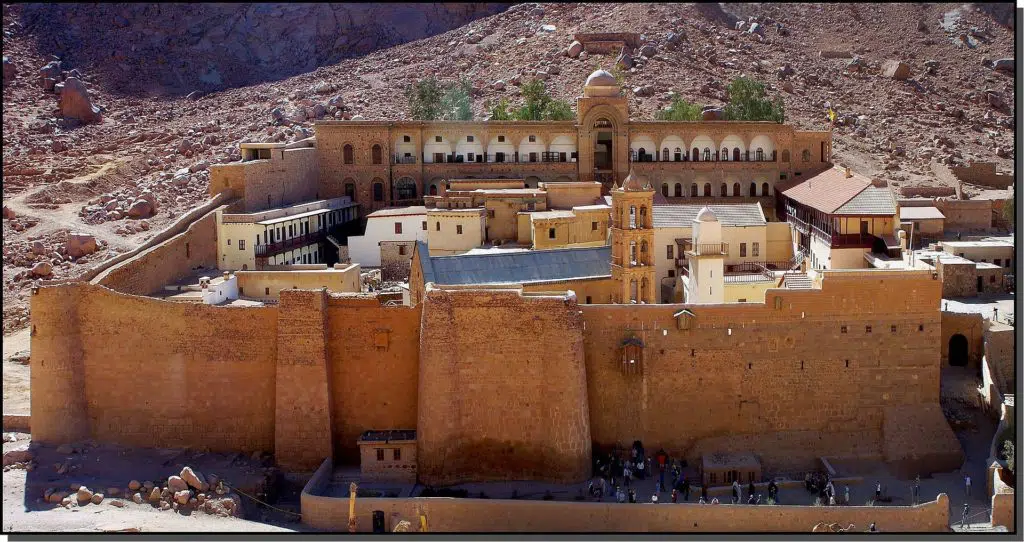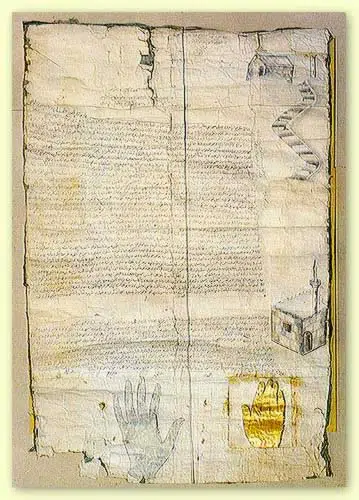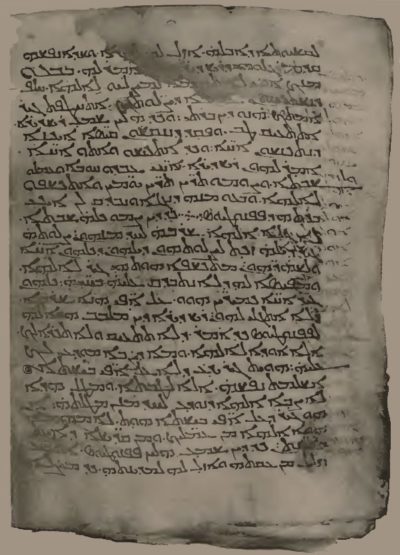
Saint Catherine’s Monastery, at the foot of Mount Sinai in the town of Saint Catherine, Egypt is one of the most important Christian monasteries in the world.
Not only is it one of the oldest working Christian monasteries, but it also houses a library that preserves the second-largest collection of early codices and manuscripts in the world—outnumbered only by the Vatican Library.
The monastery, which is Orthodox, is a UNESCO World Heritage Site. It is sacred to all the three Abrahamic faiths—Judaism, Christianity, and Islam.
It was founded in the year 565 by Byzantine Emperor Justinian I, with the oldest record of monastic life in the Sinai area dating to 381 to 384.
Along with the Monastery of Saint Anthony, situated across the Red Sea in the desert south of Cairo, Saint Catherine’s Monastery is one of the oldest in the entire world.
Today, the official name of the monastery is the “Sacred Autonomous Royal Monastery of Saint Katherine of the Holy and God-Trodden Mount Sinai.”
It is controlled by the autonomous Church of Sinai, part of the wider Greek Orthodox Church. It contains the world’s oldest continually operating library.
Saint Catherine’s Monastery is surrounded by a massive granite wall—2.5 meters (8.2 feet) thick and 11 meters (36 feet) high. It has successfully kept enemies away since it has never been invaded or destroyed for almost fifteen centuries, a miracle in the often war-torn Middle East.
History
A Spanish woman named Egeria, who traveled to the Holy Land and Mount Sinai around 381 to 384, had recorded the existence of monastic life in the Mount Sinai area.
Saint Catherine’s Monastery was built by the order of Emperor Justinian I, who reigned from 527 to 565.
It encloses the Chapel of the Burning Bush, which itself was constructed by the order of Helen, the mother of Emperor Constantine the Great, at the very site where Moses is supposed to have seen the burning bush.
There is a living bush in the monastery’s grounds, purportedly with roots from the same bush Moses saw.
The name derives from Catherine of Alexandria, a Christian martyr who was initially sentenced to death on the wheel, according to legend.
However, when the gruesome torture failed to kill her, she was beheaded. It was said that at her execution, a milk-like liquid ran down her neck instead of blood.
According to tradition, angels took her remains to Mount Sinai. Sometime around the year 800, monks from the Sinai Monastery found her remains.
By the 7th century, the monastery was in a grave crisis, mainly due to the Arab conquest of the area. According to a source, by the year 808, the number of monks in the monastery had been reduced to thirty, and Christian life in the Sinai area had vanished.

However, the monastery itself did not vanish. According to tradition, the Fathers of the Monastery requested the protection of Muhammad himself, who saw the Christians as brothers in faith.
Mohammed accepted the monastery’s request for immunity and signed the document known as the Ashtiname of Muhammad, instructing his followers to protect the monks of Saint Catherine’s.
The Library of Saint Catherine’s Monastery
The monastery’s library preserves a veritable treasure of early codices and manuscripts, a collection that is second largest to the Vatican Library.
It contains Greek, Arabic, Armenian, Hebrew, Georgian, Syriac, and Udi texts of immeasurable value. There is evidence that manuscripts were produced in the Sinai in the 7th century.
The earliest Sinai manuscripts were practical texts, either to be used in religious services or to inspire the monks who lived in the area.
Writing materials for the manuscripts were brought to Sinai with great difficulty. The deterioration of the texts through use was limited by the dry and stable climate, and the extreme isolation of the monastery protected it from destruction.
Manuscripts in eleven languages adorn the shelves of the library, with the texts being predominantly Greek. Important collections in Arabic, Syriac, Christian Palestinian Aramaic, Georgian, and Slavonic are also preserved at the Saint Catherine’s Monastery Library.
The Sinai manuscripts are essential for the study of the scriptures. There are also manuscripts of classical Greek texts, especially of important medical books.
Some of the Sinai manuscripts are splendid works of art in and of themselves, with gilded letters and brilliant illuminations, created in Constantinople in the 10th, 11th, and 12th centuries, when the city was at its height as the center of culture and Christian faith.

Most important amongst the manuscripts are the 1,600-year-old Codex Sinaiticus, which contains the Christian Bible in Greek, including the oldest complete copy of the New Testament.
Another priceless manuscript is the Codex Syriacus, an ancient copy of the Gospels in the Syriac language, also from the 4th century.
The Sinai palimpsests
The oldest manuscripts were written on parchment made from animal skins that were stretched and smoothed, which is a highly specialized and expensive craft.
If a scribe needed to write a text but there was no parchment available, he could take a manuscript that was considered less important and erase the text, writing the new text over the old.
This double-written type of work is what is known as a palimpsest. The Sinai was quite isolated from the 7th to the 11th centuries, so the reuse of parchment was often the only way to create a new manuscript.
Faint traces of the original texts often survived beneath the later texts, however. In many cases, the original text is of greater interest to scholars today. So far, there have been 160 palimpsests found in Saint Catherine’s Monastery Library.
In the past few years, a technique called multi-spectral imaging makes the underlying script on a parchment clear and legible.
It is a complex process which includes taking images in red, green, and blue light and merging them with computer software to create high-quality color pictures. Such technology is just one means by which we can continue to marvel at the many treasures of the monastery on Mount Sinai.
See all the latest news from Greece and the world at Greekreporter.com. Contact our newsroom to report an update or send your story, photos and videos. Follow GR on Google News and subscribe here to our daily email!



